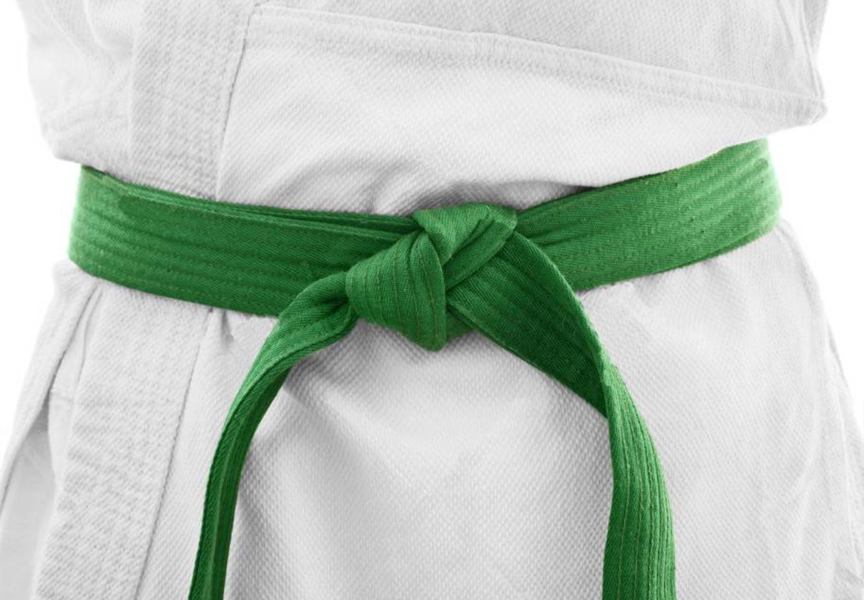Random Free Articles
- Chan rejects any written discourse

In Chan, there are two specific teachings that even if taken literally , they are well defined and very expressive . One teaches that " The Thorough Examination of the Super - Ego is simply to identify the Buddha Nature " and the other teaches that " The Understanding of Buddha Nature via Sudden Enlightenment is certainly possible. " In reality, however , the clarity and expressiveness of these teachings , cannot be…
- Unlocking the Secrets of Shaolin Rouquan
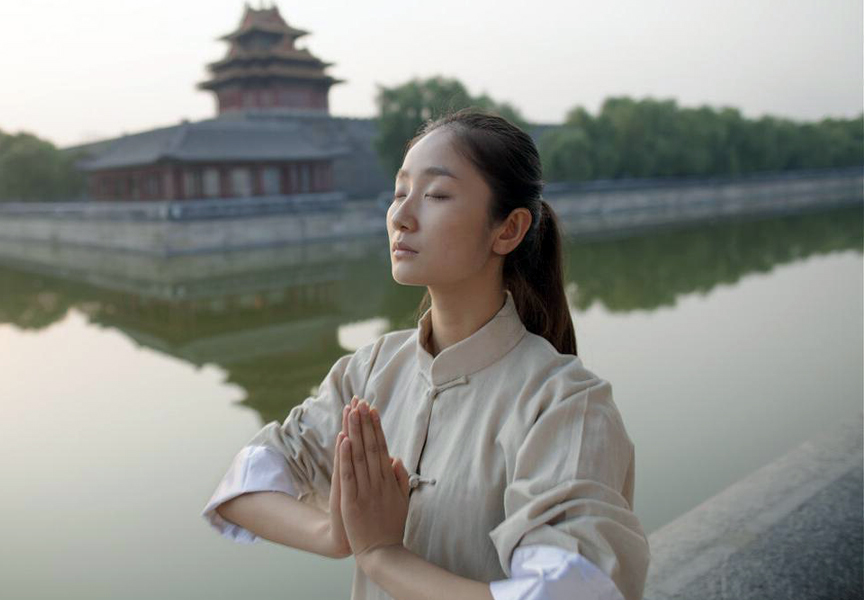
A Systematic Approach to Mastery Martial arts, with their rich history and deep philosophical underpinnings, offer a path to self-discovery, physical mastery, and spiritual growth. Among the myriad martial arts disciplines, Shaolin Rouquan [Chin.: Shàolín róu quán 少林柔拳] stands out as an ancient and revered tradition that blends physical prowess with profound philosophical insights. However, achieving mastery in Shaolin Rouquan is…
- Qi Gong. The Vital Energy
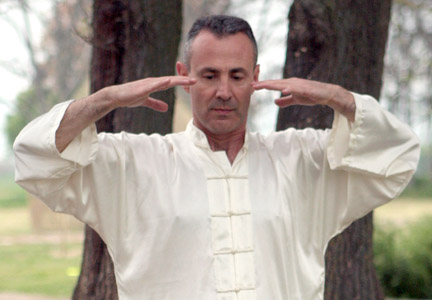
Vital internal energy is a Chinese cultivation practice which, according to specific written documents, goes back at least 3000 years ago. During the legendary Chinese ruler's Tang Yao monarchy; qigong art used as a form of dancing. The actual origins of Qi Gong, however, are lost in Chinese prehistory. Qi Gong was practiced during the earliest period in order to maintain good health. In Master Lu's Spring and Autumn records which…
- Unlocking the Essence of Dang Jin
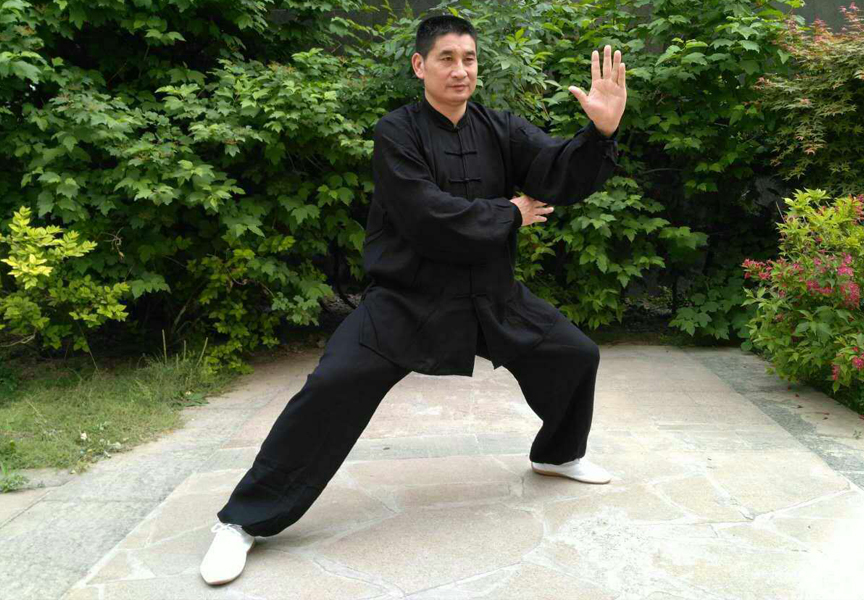
A Journey of Balance and Harmony Shaolin Rou Quan [Chin.: Shàolín róu quán 少林柔拳], often referred as Shaolin Rou Gong [Chin.: Shàolín róu Gōng 少林柔功], is a Chinese martial art that has captured the imagination of people around the world for centuries. Rooted in ancient philosophy and imbued with the principles of balance, harmony, and the interplay of opposites, Shaolin Rou Quan offers practitioners a path to physical…
- Essence of Wude in Shaolin Martial Arts
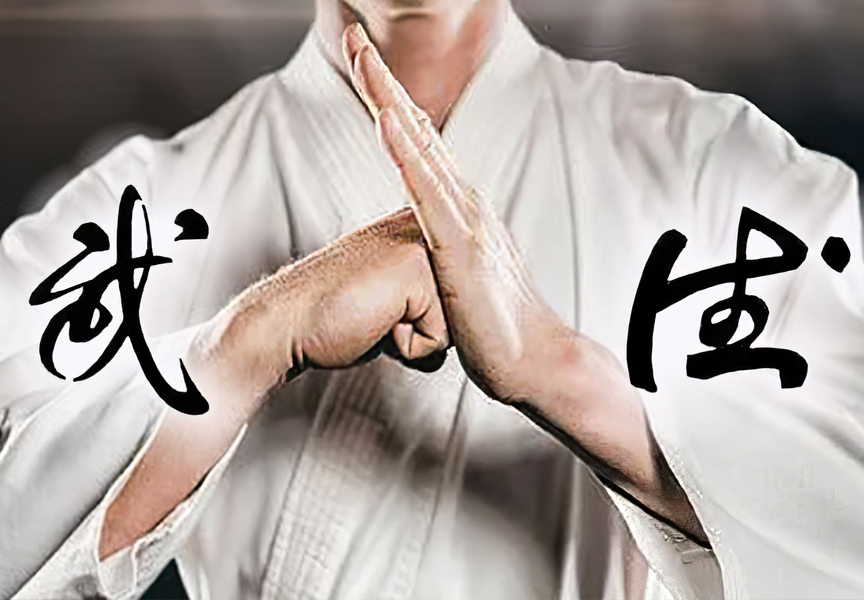
The Pillars of Martial Morality In the intricate world of Shaolin martial arts, where discipline and tradition interlace seamlessly, a profound concept known as Wude [Chin.: Wǔ dé 武德] stands as a guiding light. Wude, translating to martial morality, goes beyond the physical prowess of combat techniques, delving into the realms of character, virtue, and ethical conduct. This ancient philosophy is the heartbeat of Shaolin practitioners,…

